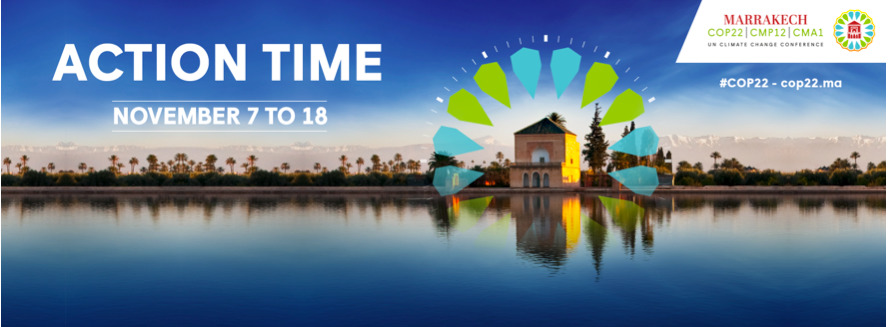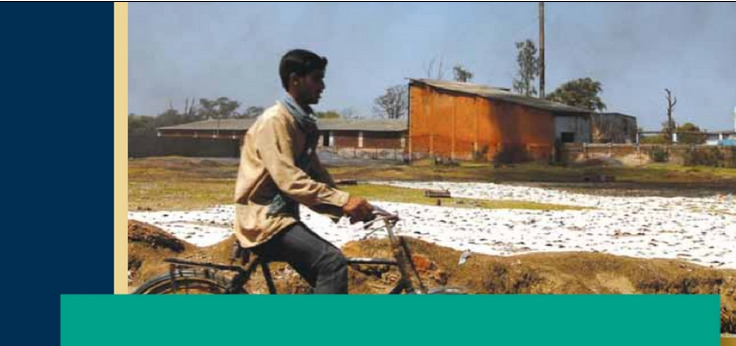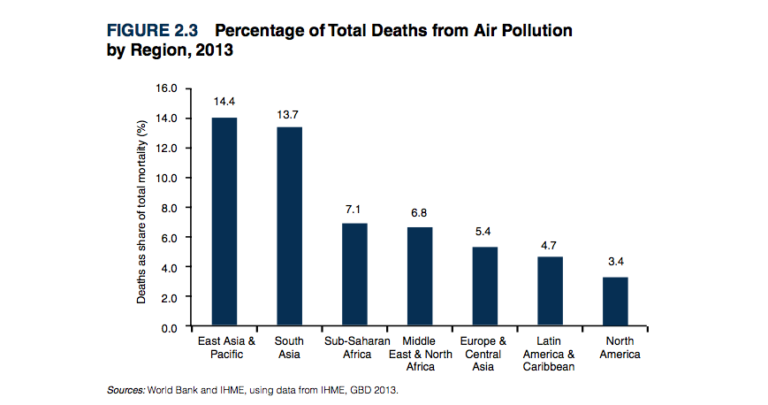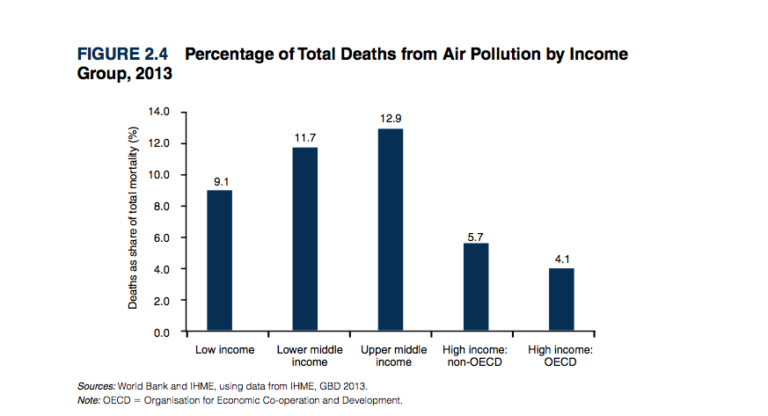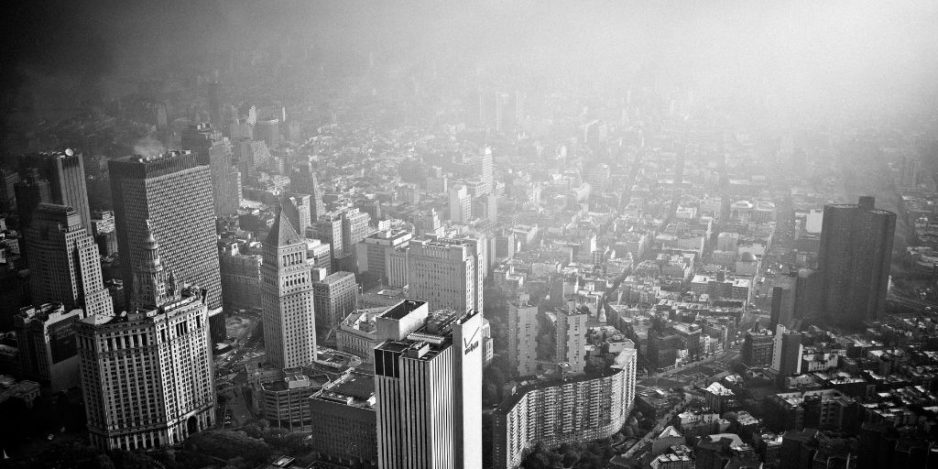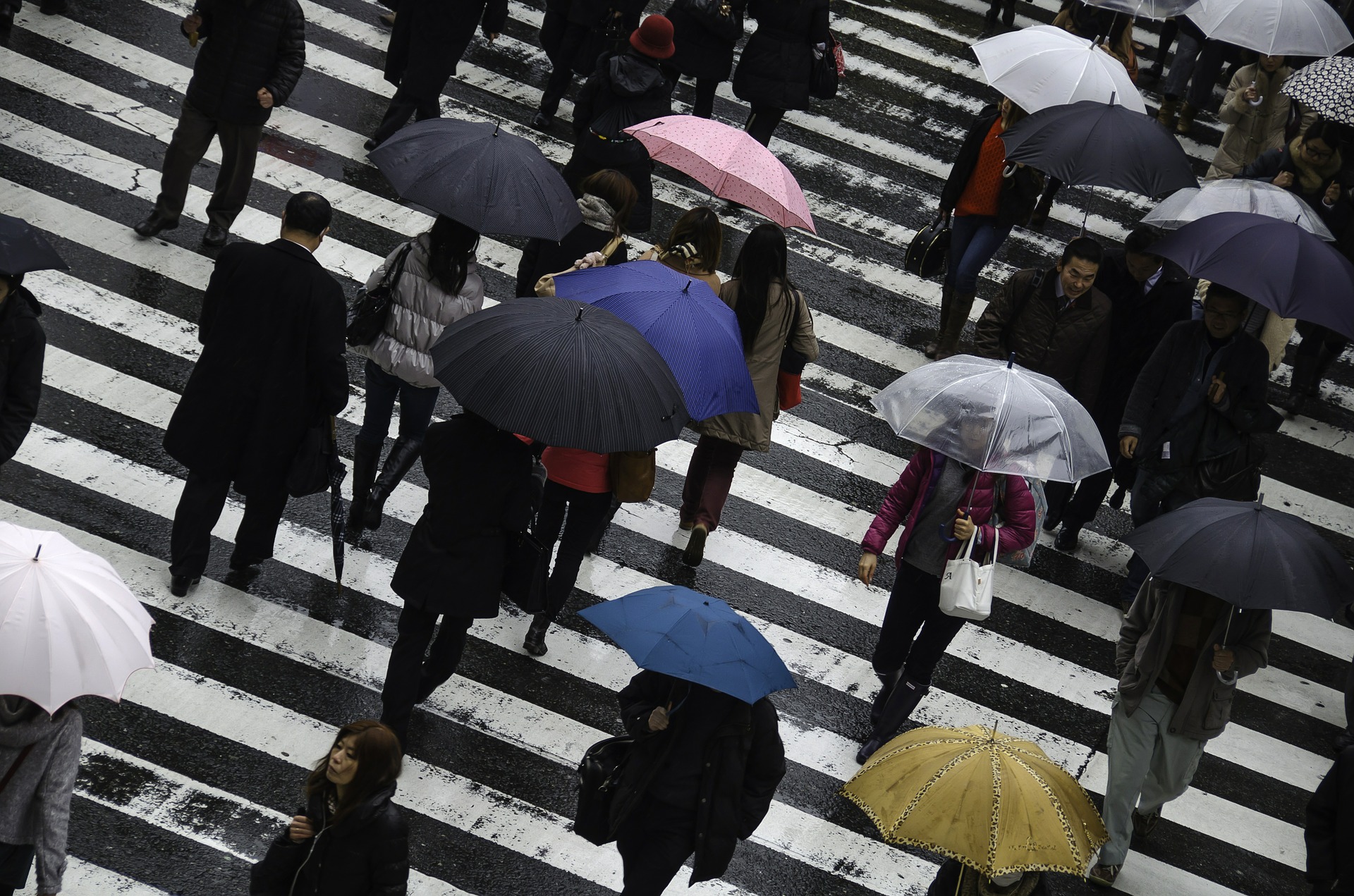It seems like it was only yesterday that climate change and pollution concerns got momentum and grabbed the attention of governments and citizens during the COP21 in Paris – the yearly meeting (Conference of Parties) of the signatories of the UN Framework Convention on Climate Change. The meeting resulted in the Paris Agreement and governments, businesses and civil societies gathered this year in Marrakech at COP22 from 7-18 November to push forward the Agreement.
The Paris Agreement in a nutshell
- Adopted in Paris during COP21 (Dec 2015).
- Has been ratified by 113 out of 197 Parties to the Convention and entered into force on November 5th.
- Governments are obligated to keep the average temperature rise to maximum 2 degrees (Co) above pre-industrial levels, emissions should peak at 2020 and then decrease from there on.
- Countries are to openly report on emissions and account for climate action.
- Strengthens countries capacity to deal with climate change impacts through financial, technology development & transfer and capacity building frameworks.
After 10 days full of scientific, political, economic discussions and even art and musical events, Patricia Espinosa, Executive Secretary of the UN Framework Convention on Climate Change (UNFCCC) concluded:
“The landmark Paris Agreement set the course and the destination for global climate action. Here in Marrakech, governments underlined that this shift is now urgent, irreversible and unstoppable.” She added that “Indeed, this year, we have seen extraordinary momentum on climate change worldwide, and in many multilateral forums. This momentum is irreversible – it is being driven not only by governments, but by science, businesses and global action of all types at all levels.”
Concrete results at COP22 in the key areas of finance, technological innovation and capacity building for climate adaptation include:
- Multi-billion US dollar packages of support for clean technologies; building capacity to report on climate action plans, and initiatives for boosting water and food security in developing countries were pledged.
- Businesses, investors and cities issued climate change commitments. The ‘We Mean Business’ coalition of organisations announced that in total, 471 companies with over US$ 8 trillion in market capitalization have undertaken well over a thousand ambitious commitments to climate action.
- The Under2 MOU* -A group of 165 countries and regions with a combined GDP of 26 trillion and 1 billion population, committed to reduce their emissions by 80% by 2020.
We can only work for more and more results to improve our environment!
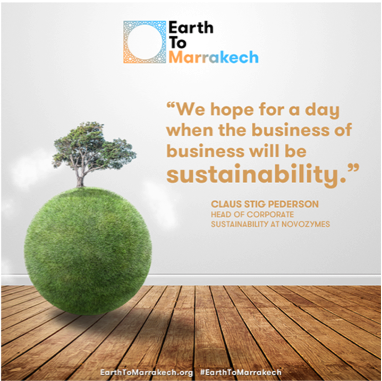
Sources:
United Nations Framework Convention on Climate Change – Nations Take Forward Global Climate Action at 2016 UN Climate Conference
The Climate Group – Under2 Coalition
*The Subnational Global Climate Leadership MOU is nicknamed the Under2 MOU in reference to: The goal of limiting warming to below 2° Celsius, which the Intergovernmental Panel on Climate Change (IPCC) scientists say is needed to avoid dangerous consequences. The Under2 Coalition’s shared goal of limiting greenhouse gas emissions to 2 tons per capita, or 80-95% below 1990 level by 2050.

